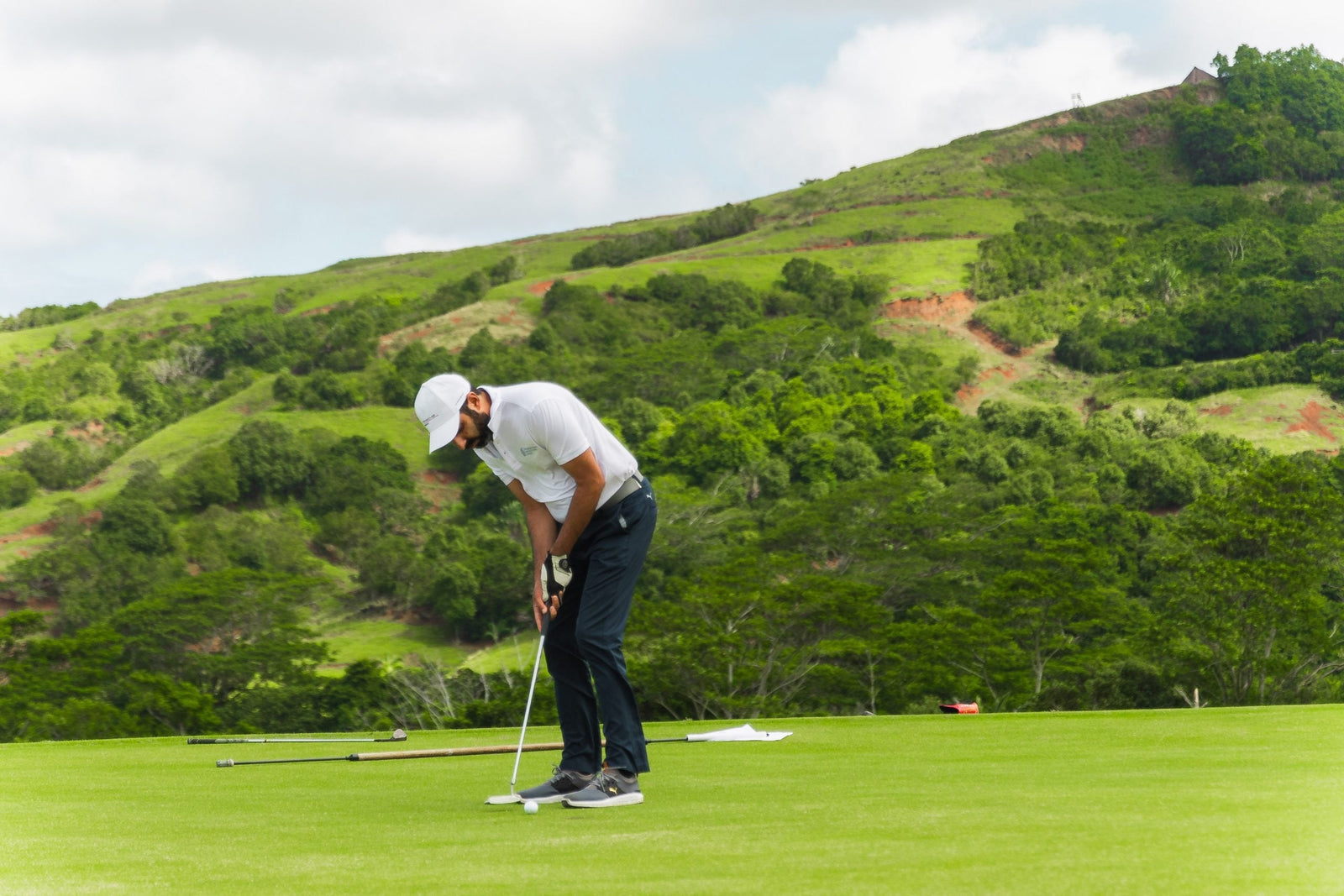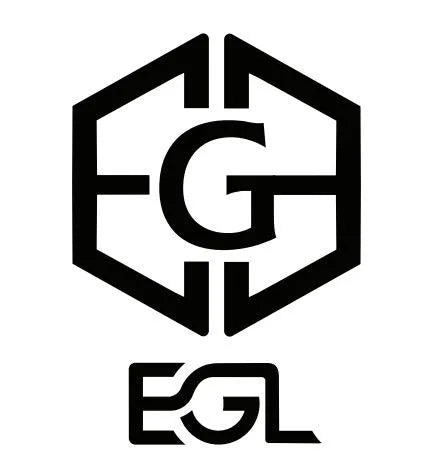
Golf on Par with Nature Through Sustainability
The year 2025 is on track to be the hottest year on record, with high monthly global mean temperatures. As climate change-related repercussions become more visible around the world, the ripple effects on sports will also intensify.
The intersection of climate change and sports extends beyond the golf course, as the entire sports industry faces growing challenges. With global warming impacting weather patterns, rising temperatures have a direct effect on athletes' health and performance, along with the infrastructure necessary to host events.
A World Athletics survey found that 75% of athletes feel climate change harms their performance and health. This stresses the need for sustainable practices in sports worldwide.
Sports can be a powerful force for climate advocacy. They can do this by integrating sustainability into every part of the industry— from energy-efficient stadiums to eco-friendly gear. Sports organizations can inspire millions to adopt greener habits. They can do this through their influential platforms. This will help ensure that future generations can enjoy their favorite games in a climate-resilient world.
Sports cause about 0.6% to 0.8% of global carbon emissions. This comes mainly from transportation, event logistics, and energy use. But innovative steps are being taken to mitigate this impact.
For instance, the Climate Pledge Arena in Seattle is a fully carbon-neutral venue. It serves as a blueprint. It uses electric energy, recycled water, and it bans single-use plastics. Also, global events like Sustainable Golf Week are raising awareness. They promote solutions, like eco-friendly products and sustainable certifications. Golf as a sport features two key qualities: discipline and etiquette. These traits are key to building a sustainable mindset in the game.
The Golf Course Superintendents Association of America, or GCSAA, says golf is a $102 billion-a-year industry. Golf makes up about 30 percent of sports' direct economic impact in Dubai. The industry is worth $138 million to Dubai. This year, a UAE golf tournament had a $1.44 million economic impact on Abu Dhabi. It also eliminated 120,000 plastic bottles by introducing refillable water walls. This shows that simple changes can have a big impact.
Such measures unite players, brands, and fans around one goal: keeping golf green in both a literal and figurative sense while prioritizing the planet.
Zero-waste tournaments, biodegradable golf balls, and hemp shoes might sound like fringe ideas, but in the world of modern golf, these are just part of the course. From Dubai's glittering greens to zero-waste-certified events, golf is in the middle of an eco-revolution—and swapping plastic bottles for water stations won't suffice (though they're doing that, too).
In the UAE, golf courses are actively implementing sustainable practices, including strategies to conserve water in desert conditions. For example, Saadiyat Beach Golf Club in Abu Dhabi has shifted to 100% treated effluent water for irrigation, replacing potable water. Also, the course uses Paspalum grass which thrives in saline soils and needs less water than traditional turf. These measures support wider efforts to adapt golf course management to the region's arid climate and conservation goals. Jumeirah Golf Estates also have begin eco-friendly initiatives. It planted drought-resistant ghaf trees. It also turned its courses into wildlife habitats.
Golf apparel and golf-related golf gear is also seeing a sustainable makeover with emerging brands like EGL leading the way. They make apparel from 92% recycled polyester and 5% spandex to balance functionality and sustainability. Beyond the environmental cause, these initiatives are about giving back and introducing the next generation to sport.
By embracing such changes, golf demonstrates how tradition can harmonize with innovation to create a greener future.
EGL, with its name subtly resonating with the sport's essence, embodies innovation and responsibility. The brands designs are inspired by the dynamic energy of the fairway, blending modern aesthetics with practicality. From lightweight, moisture-wicking polos to stretchable trousers that adapt to a golfer's movements, each piece is designed to enhance the on-course experience while staying true to sustainable values.




